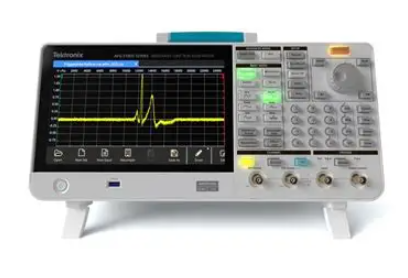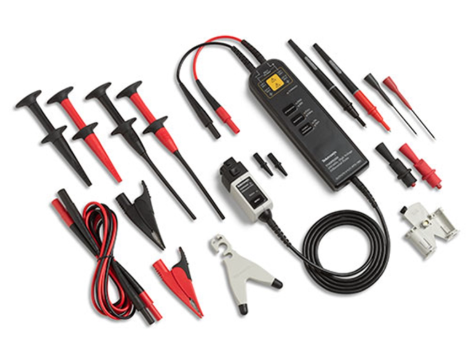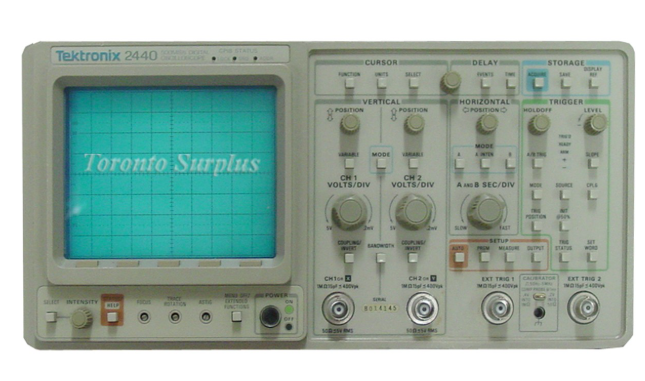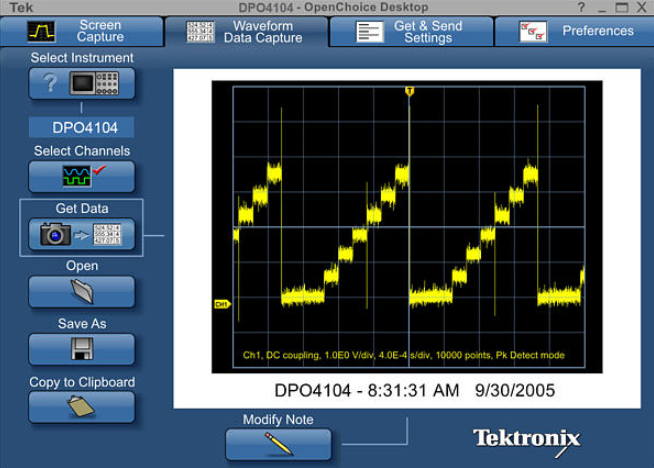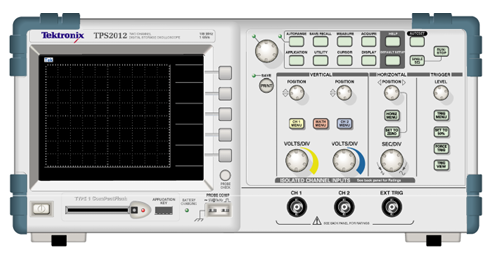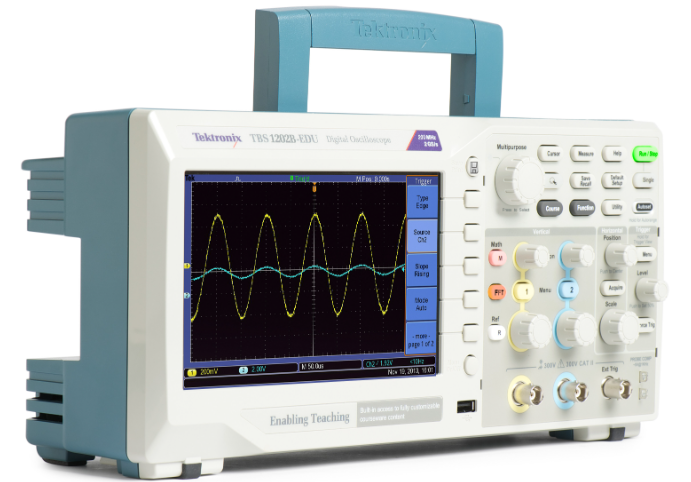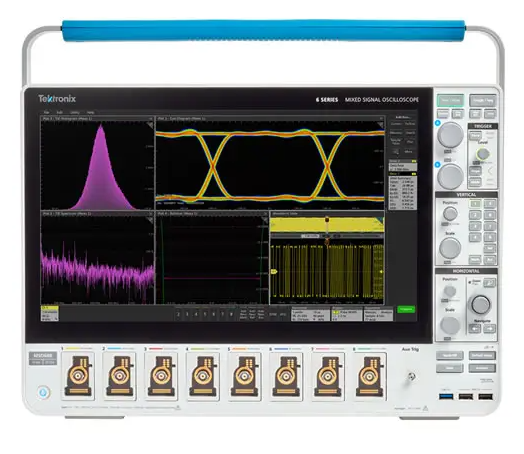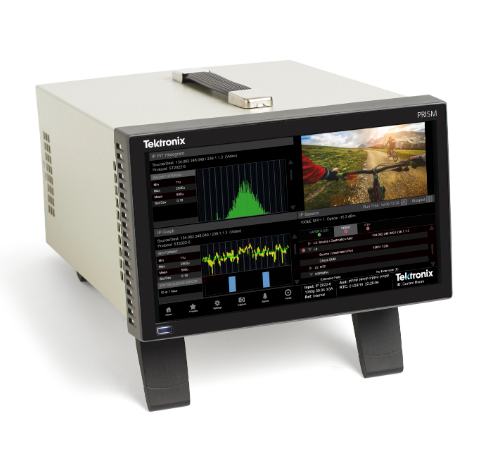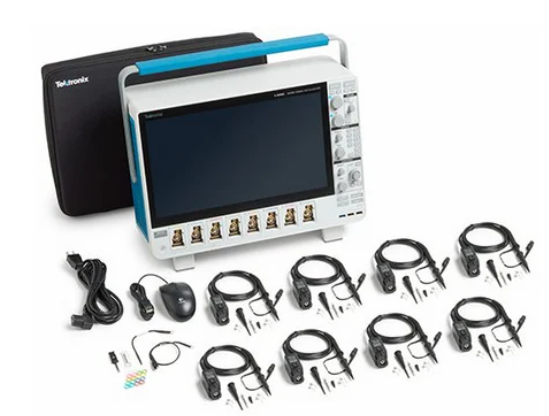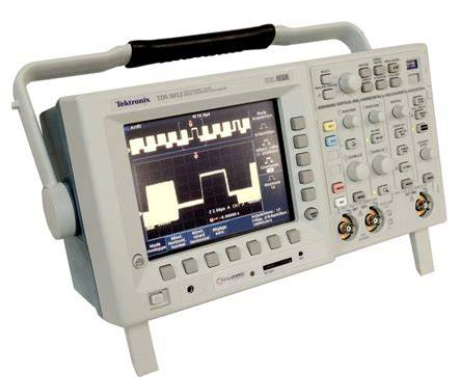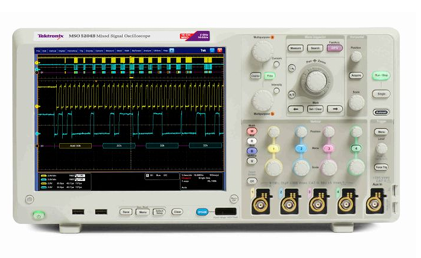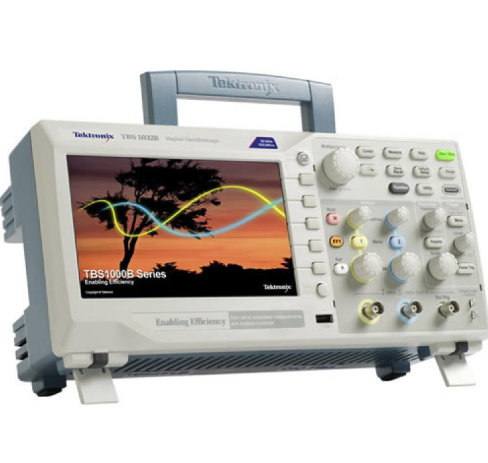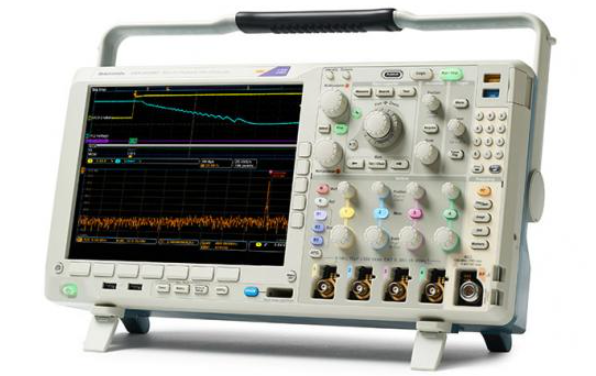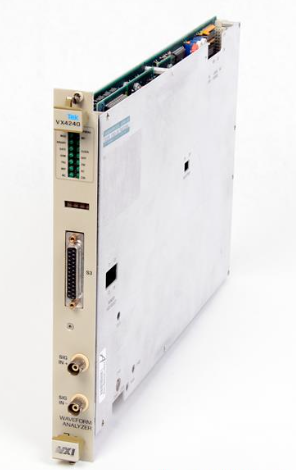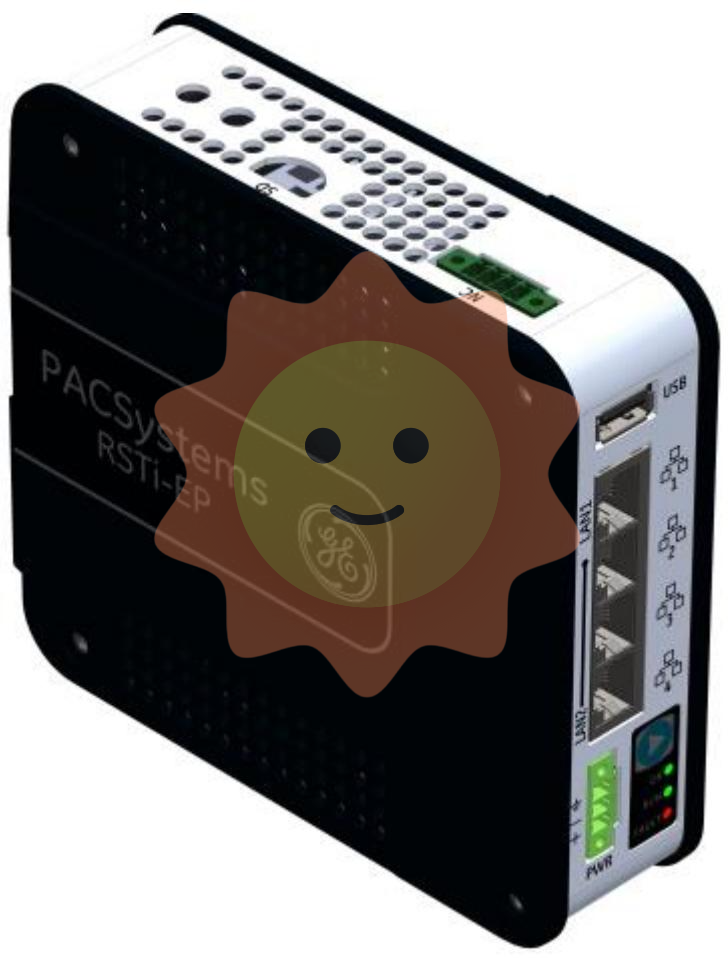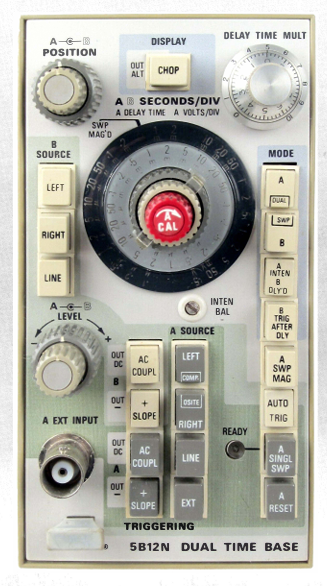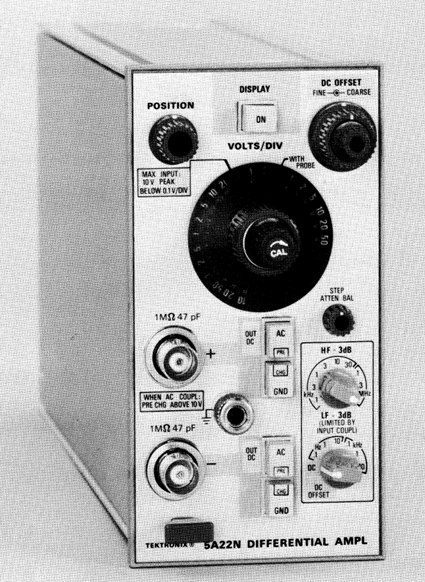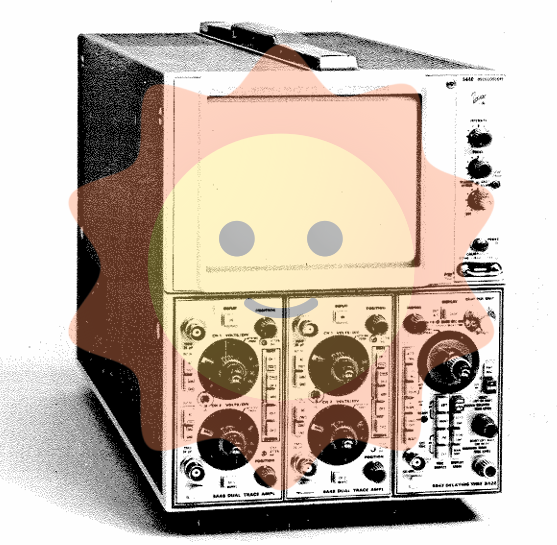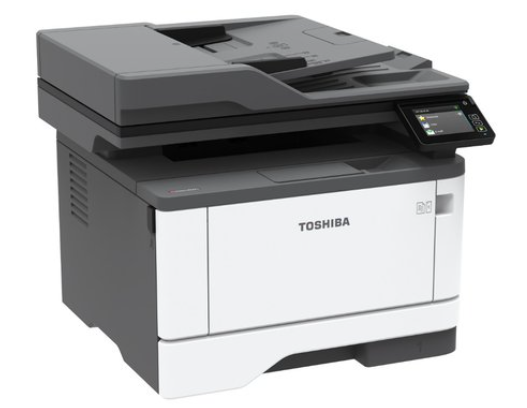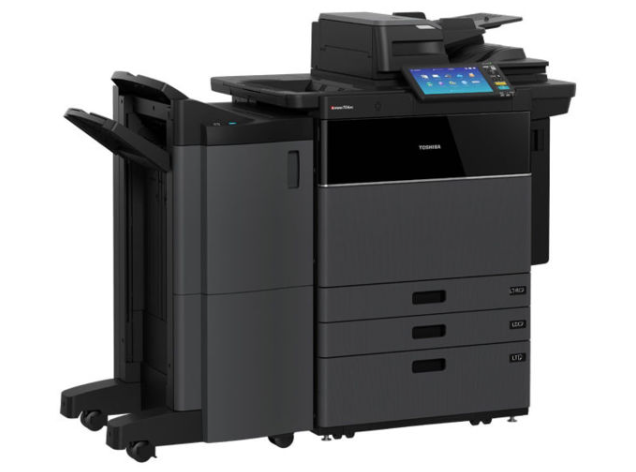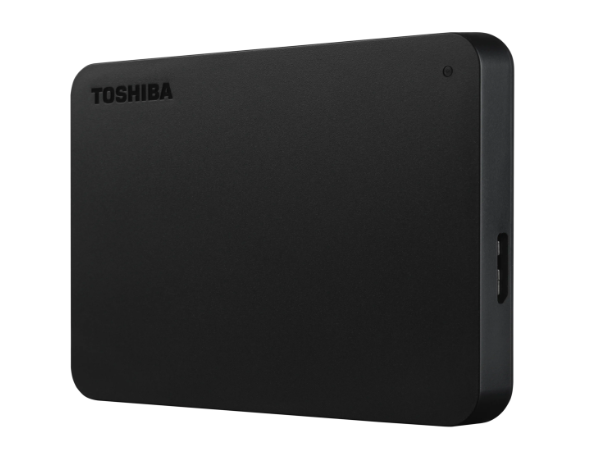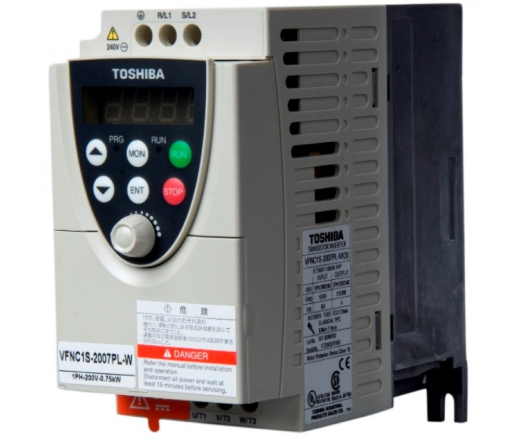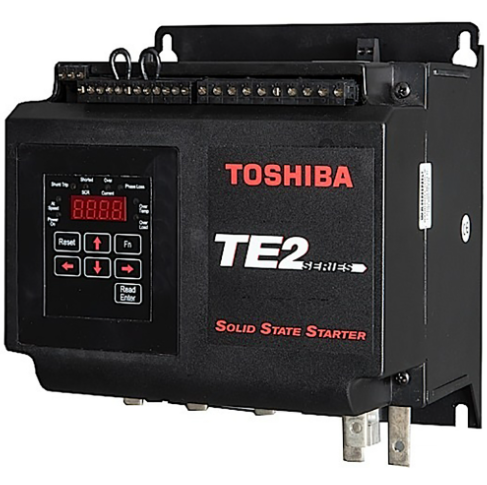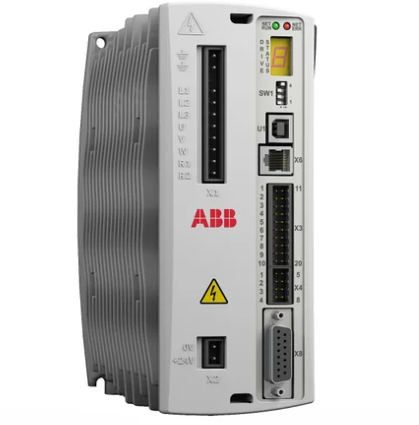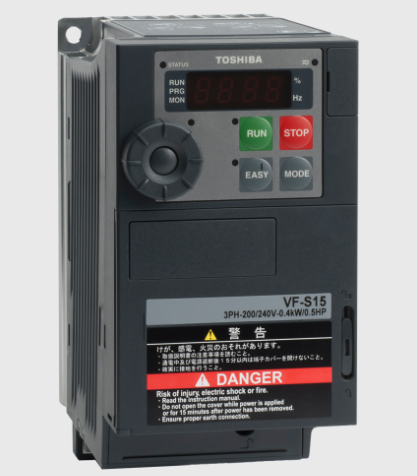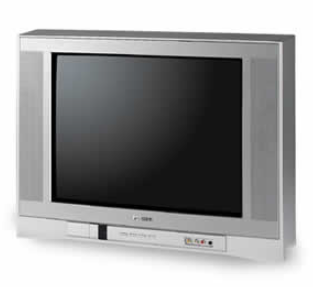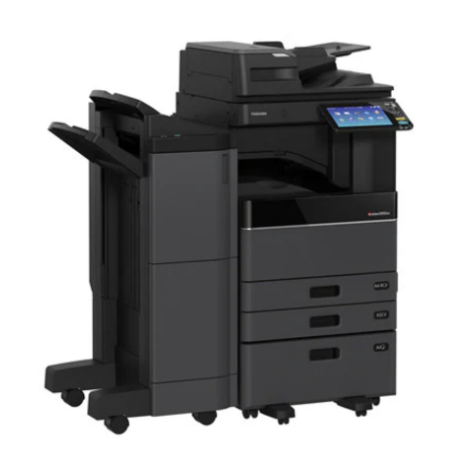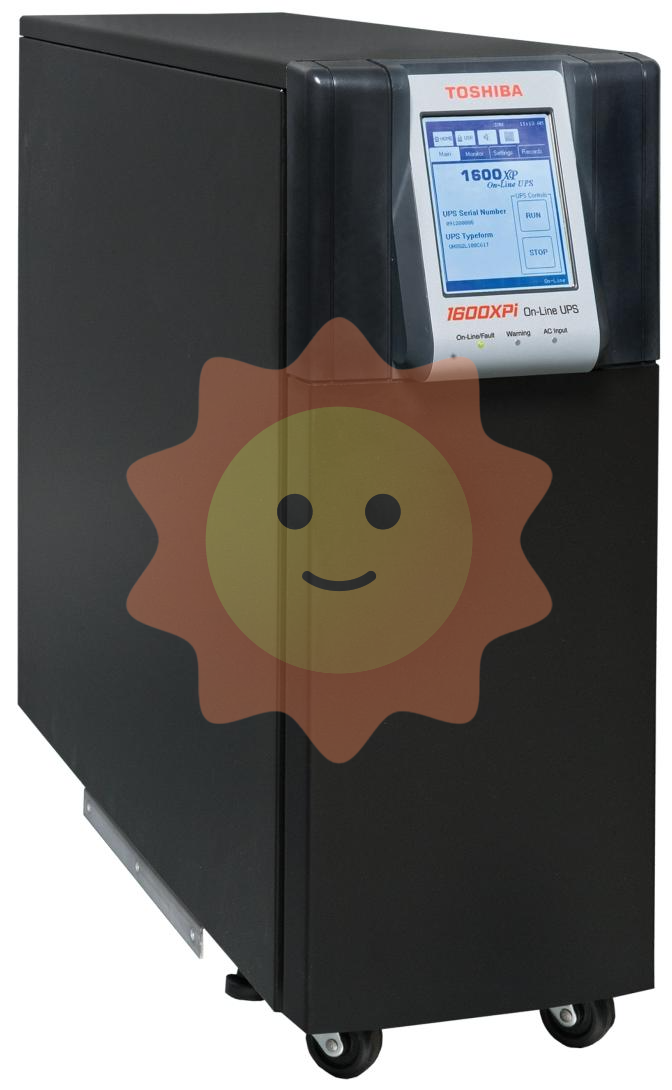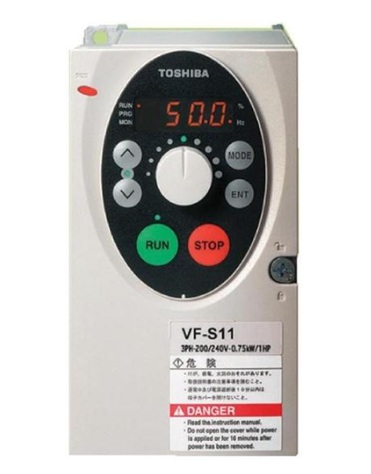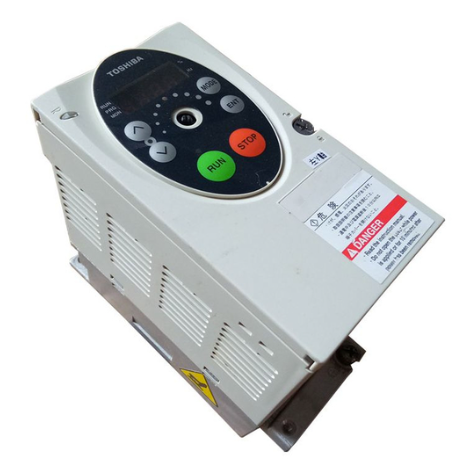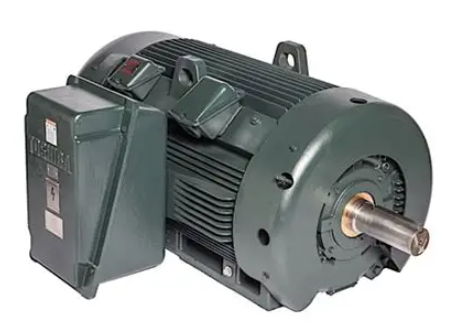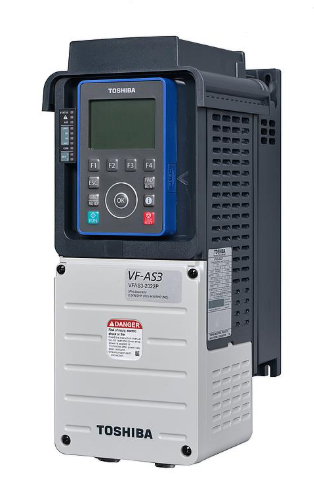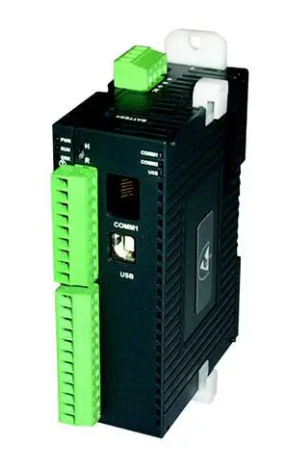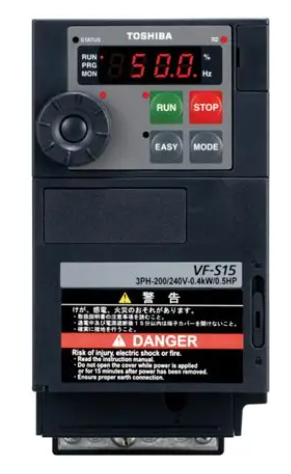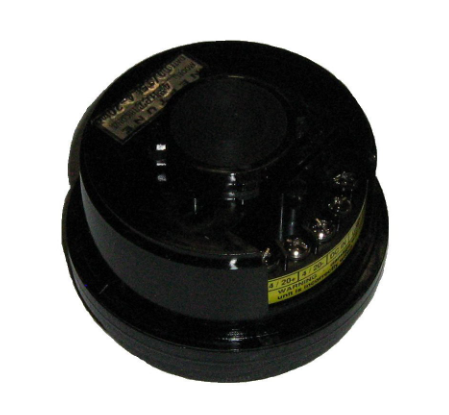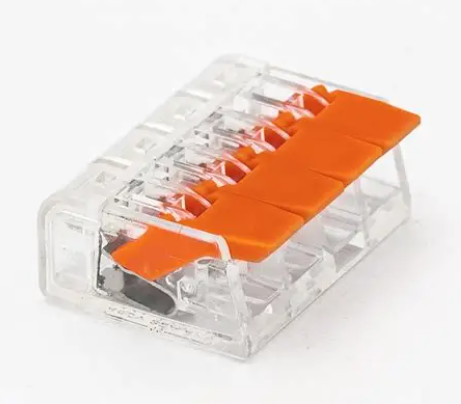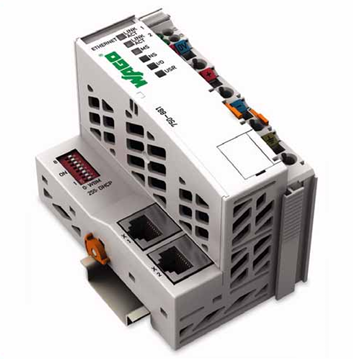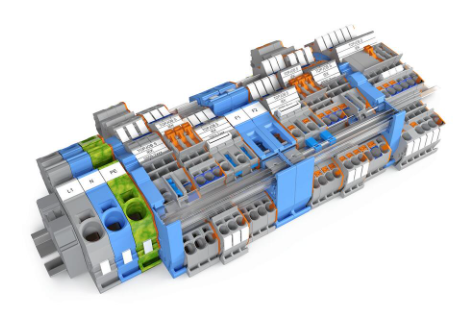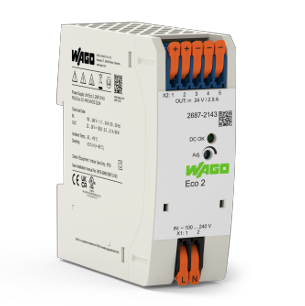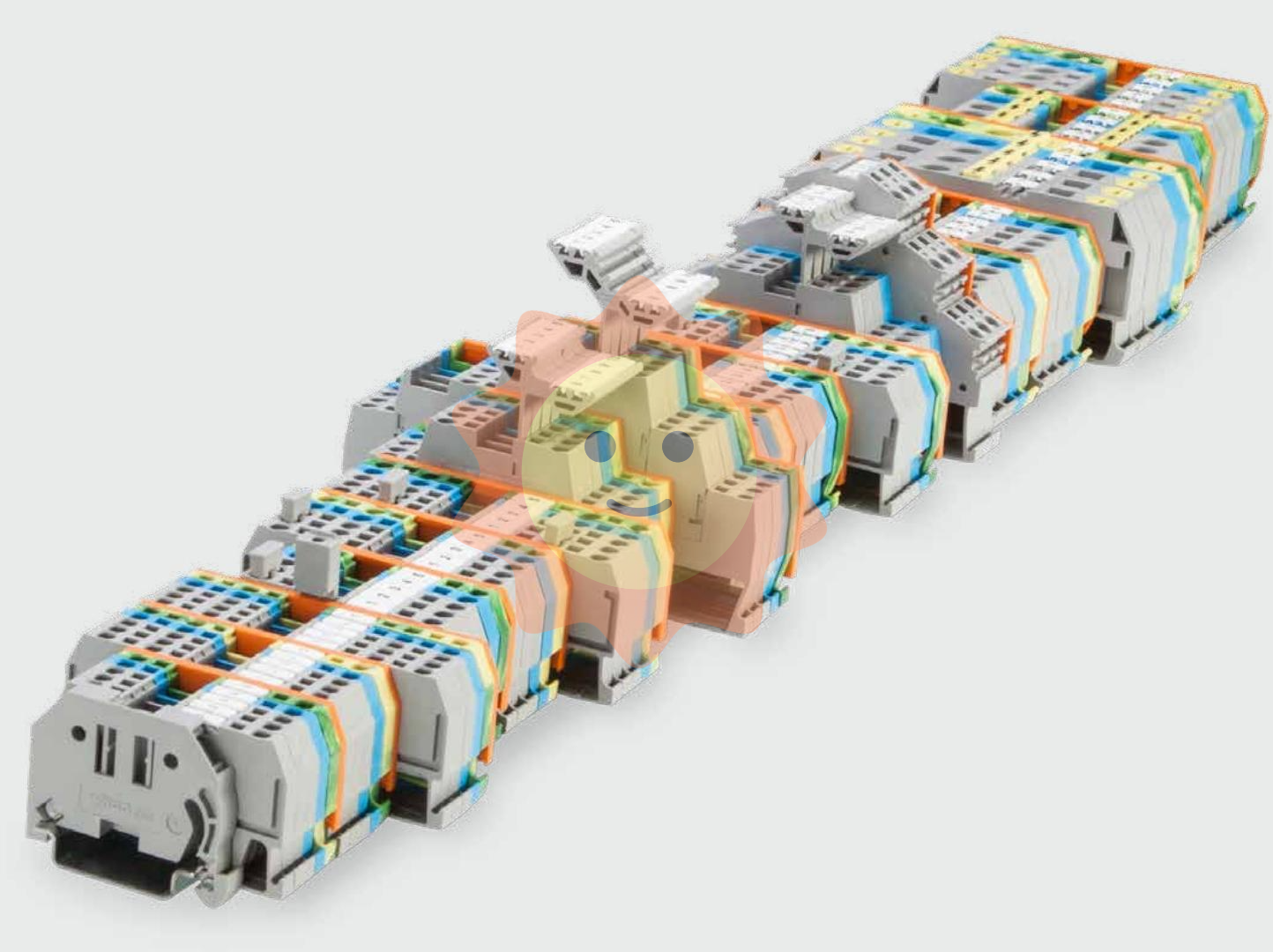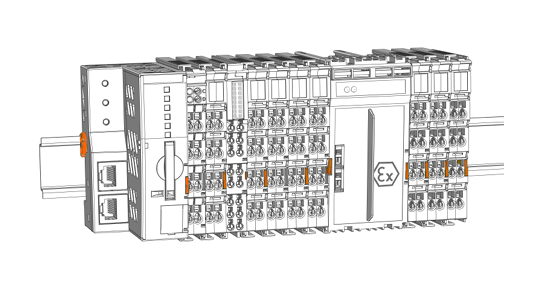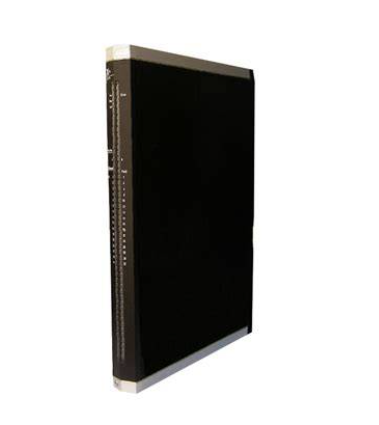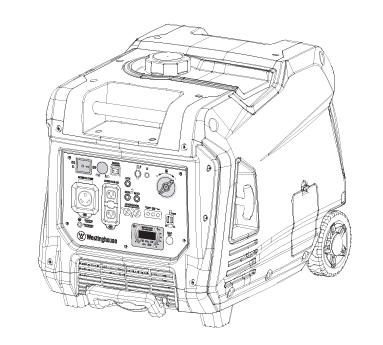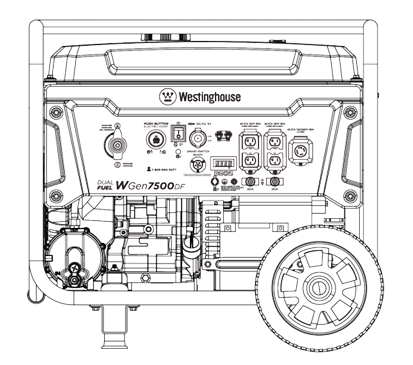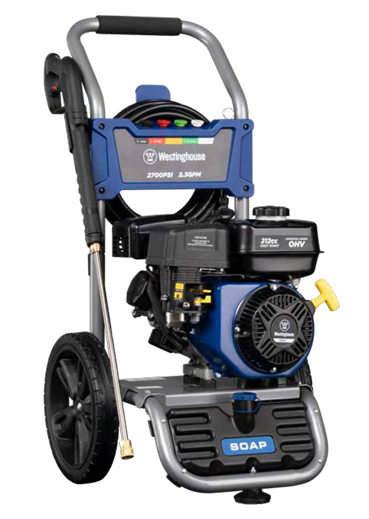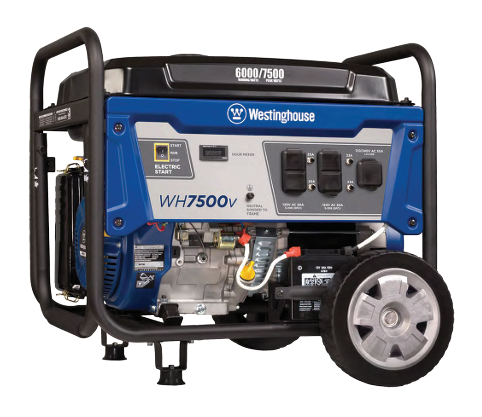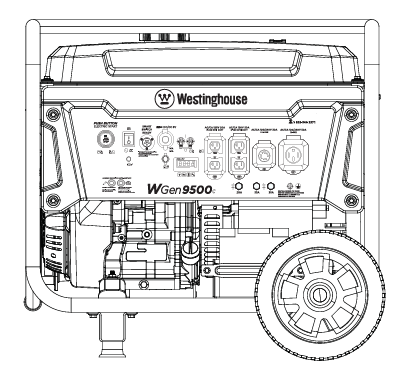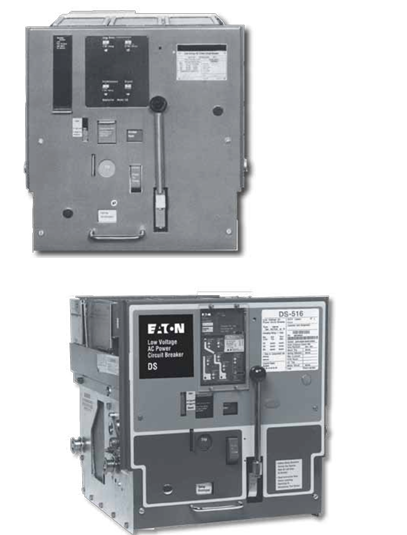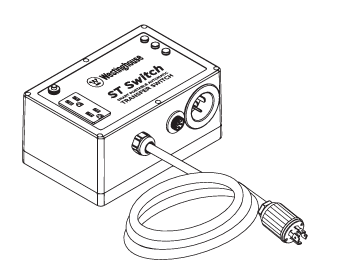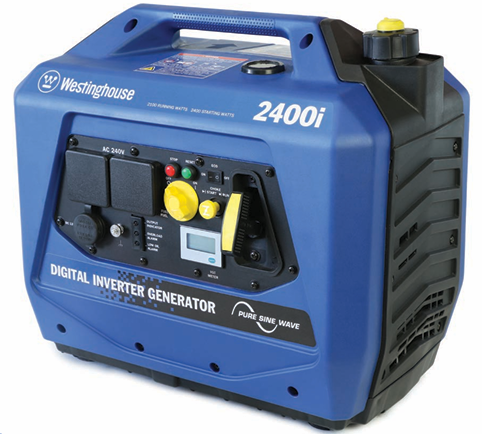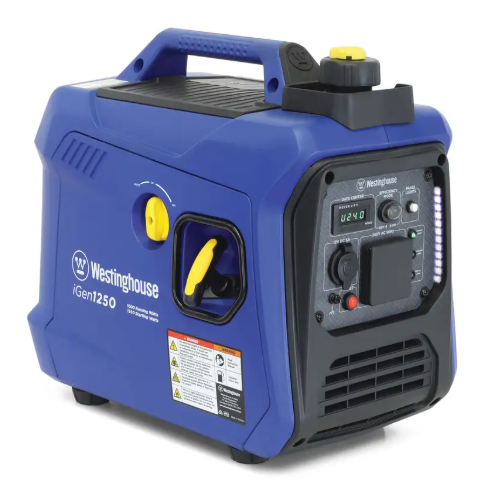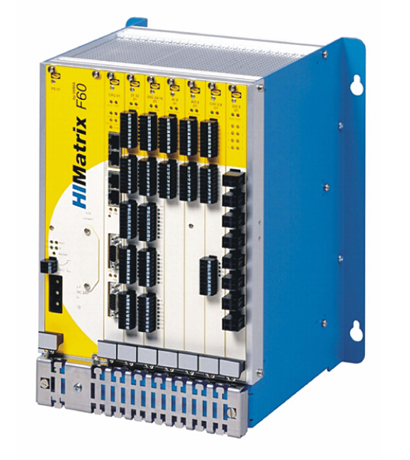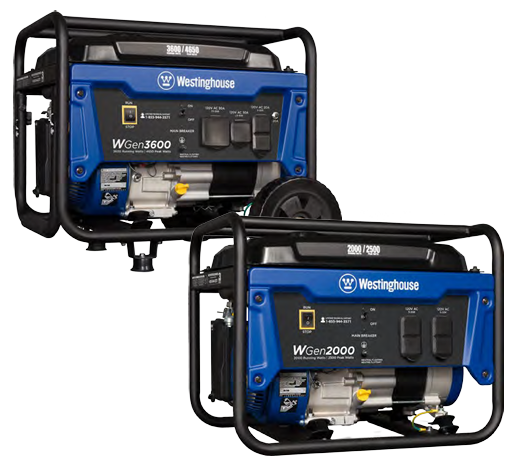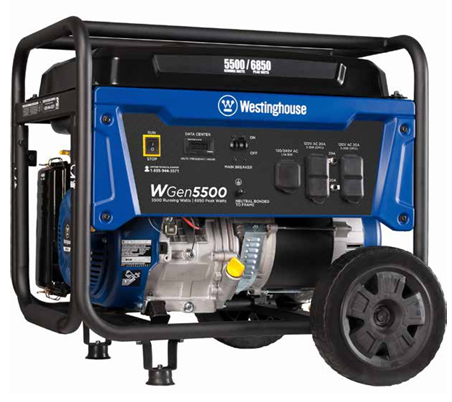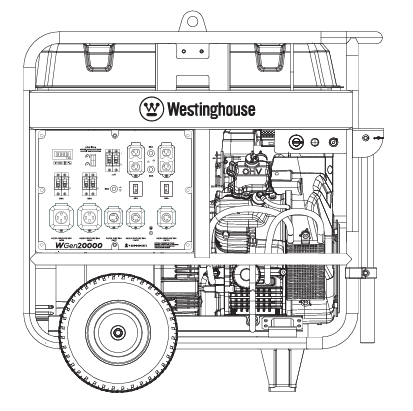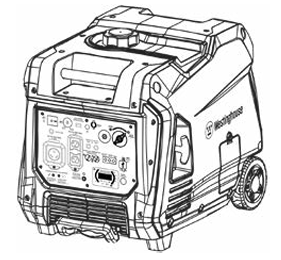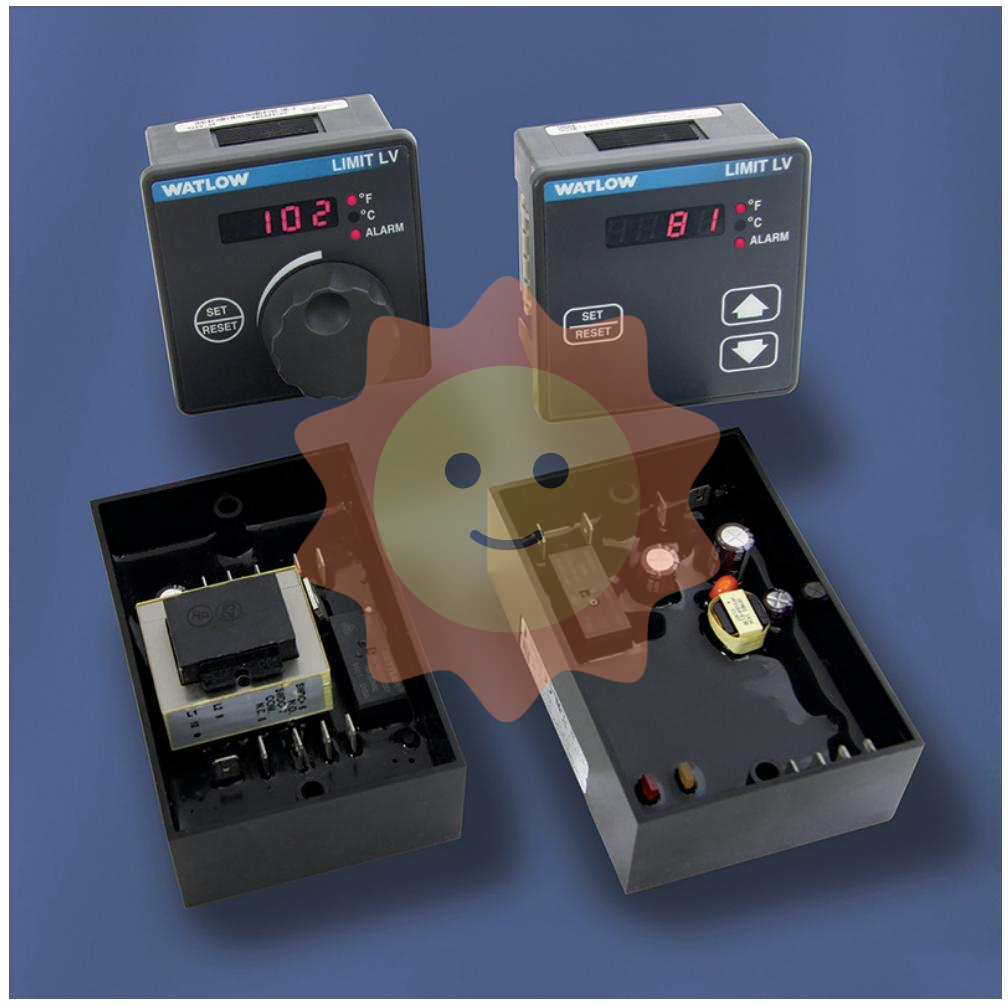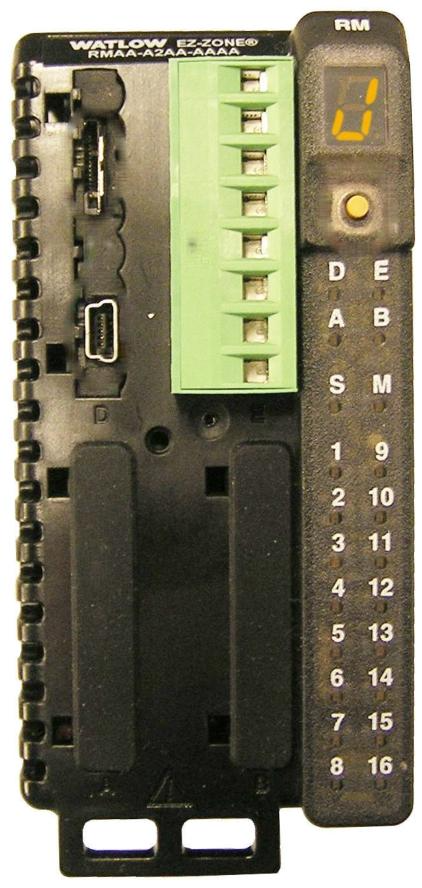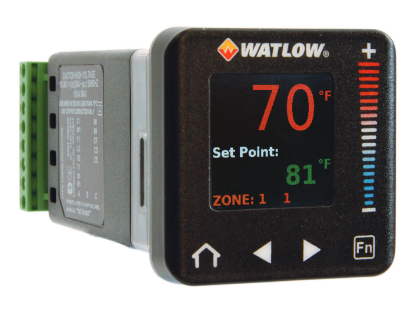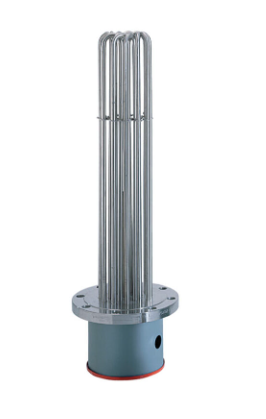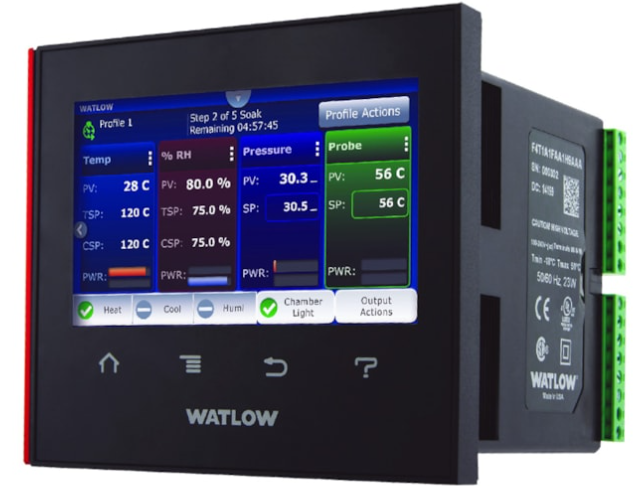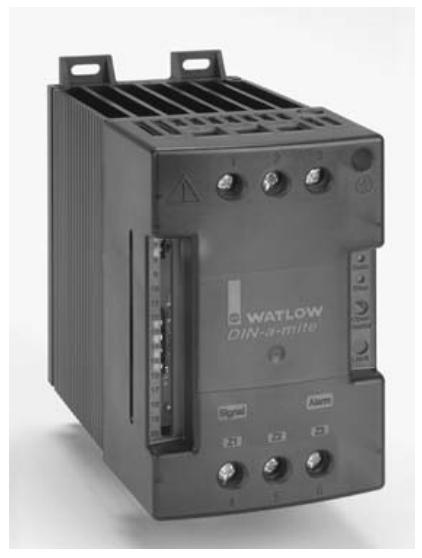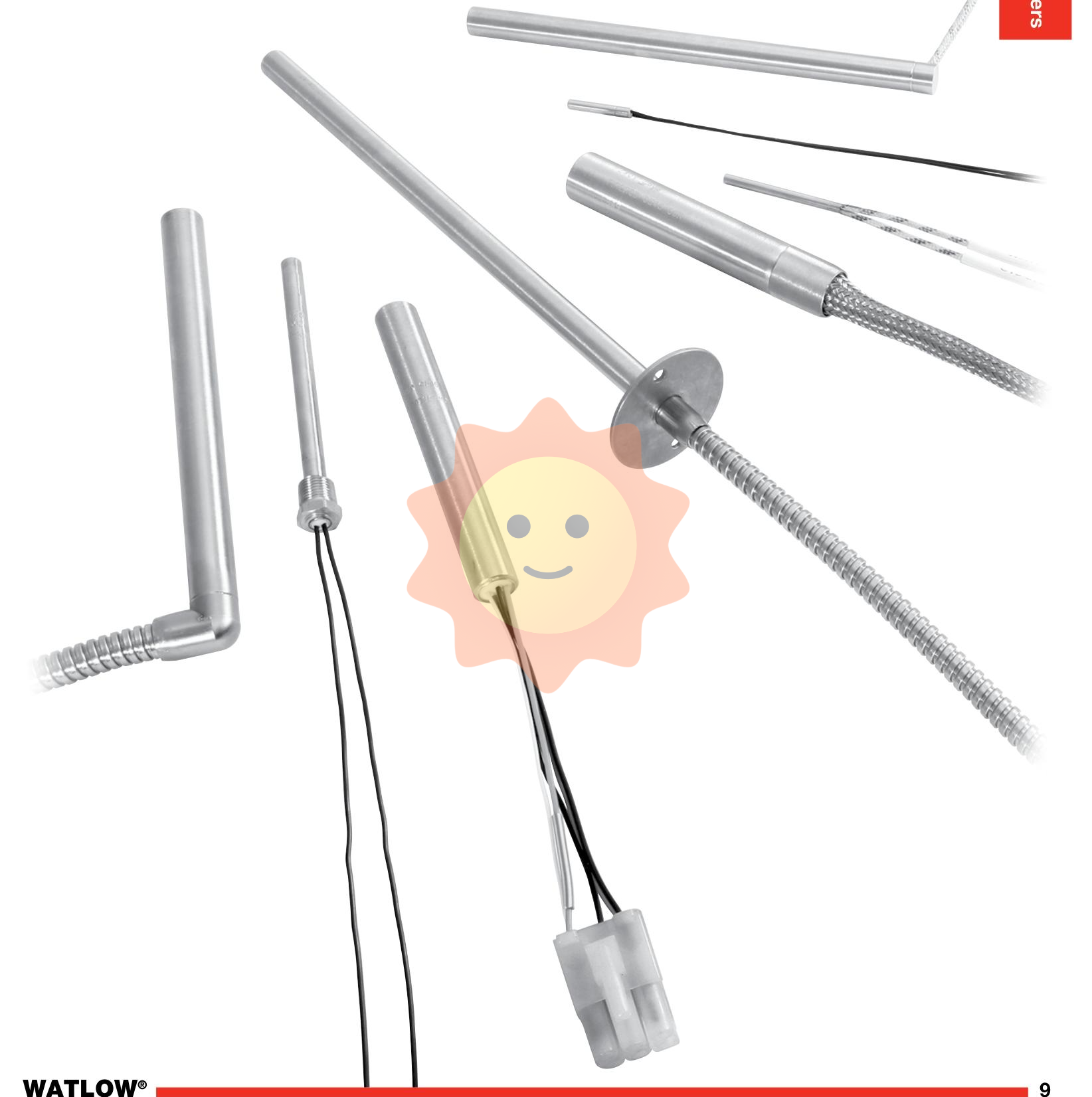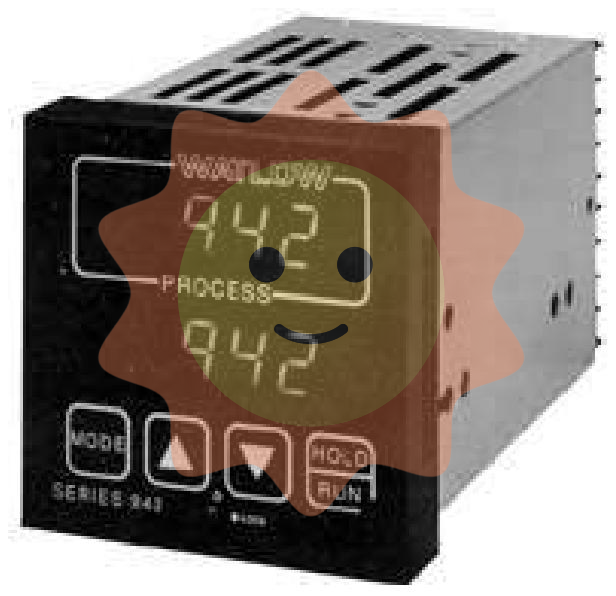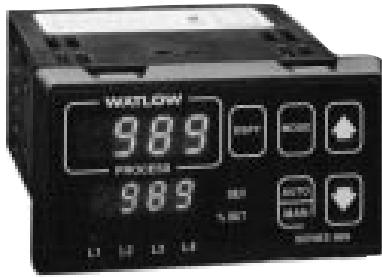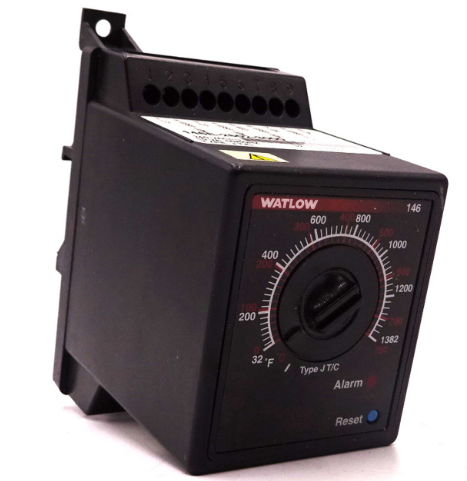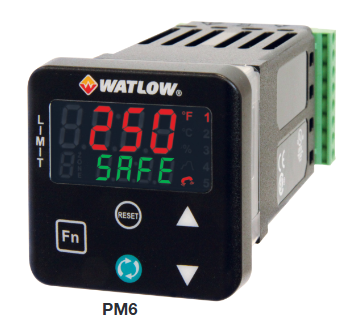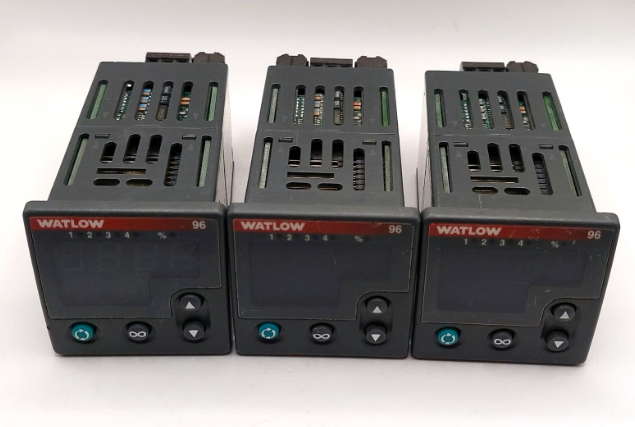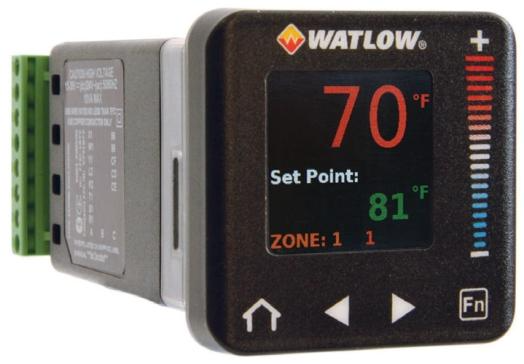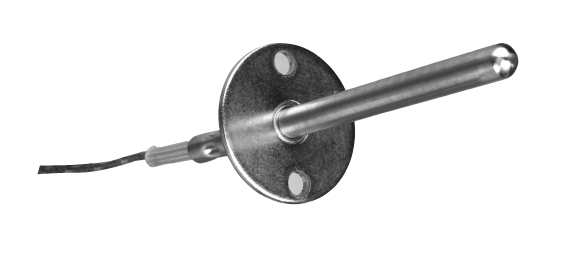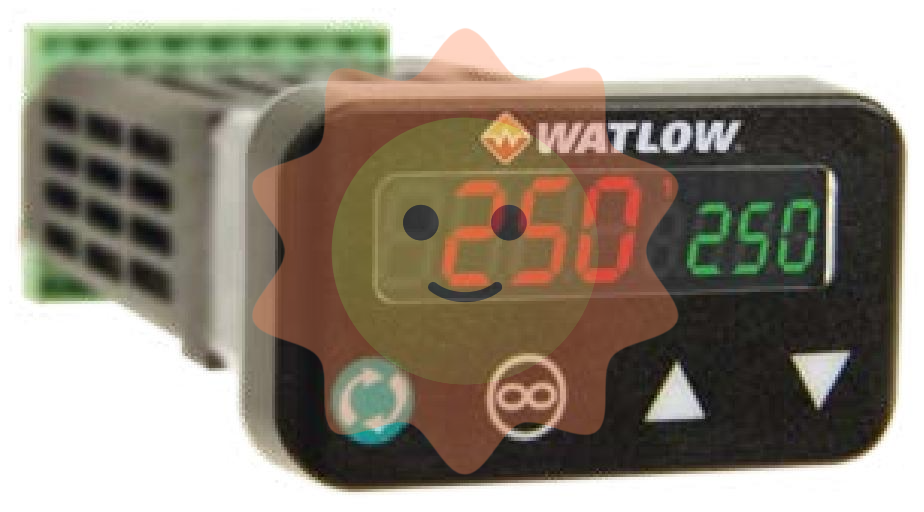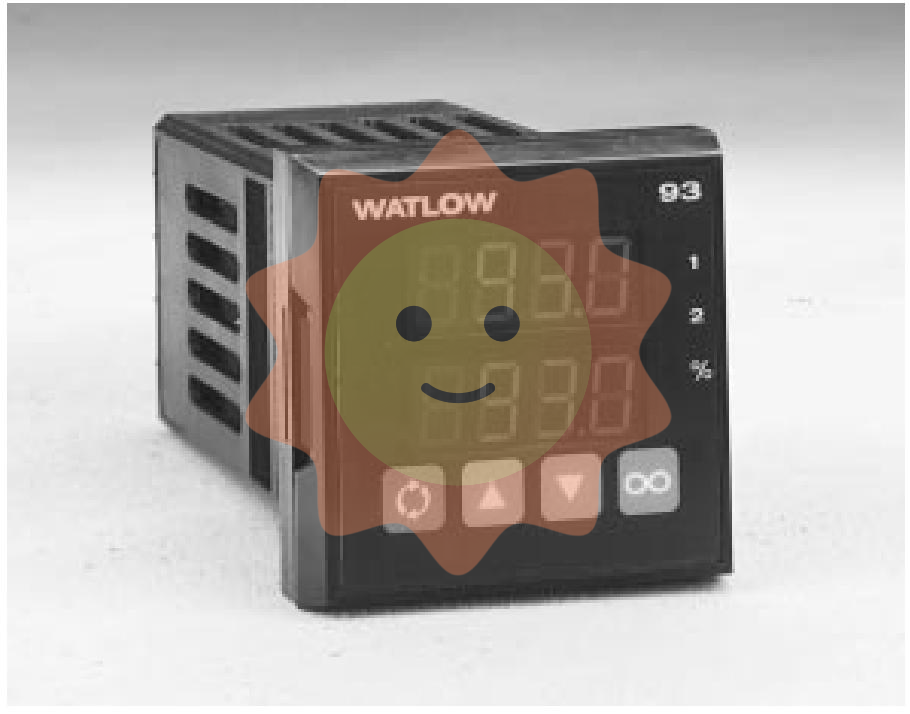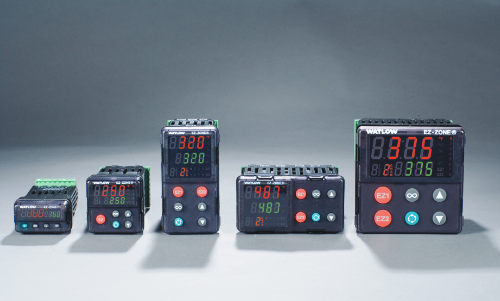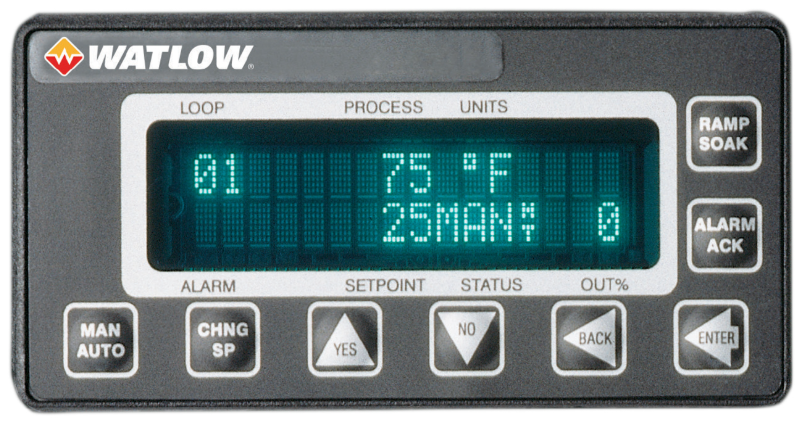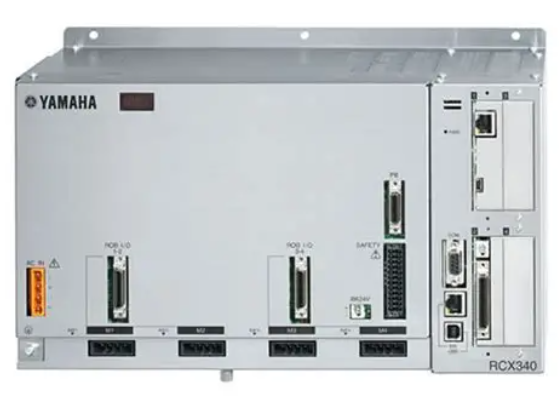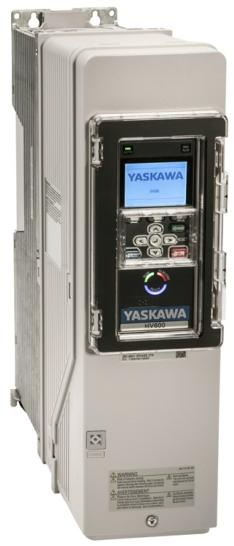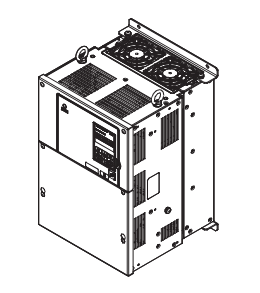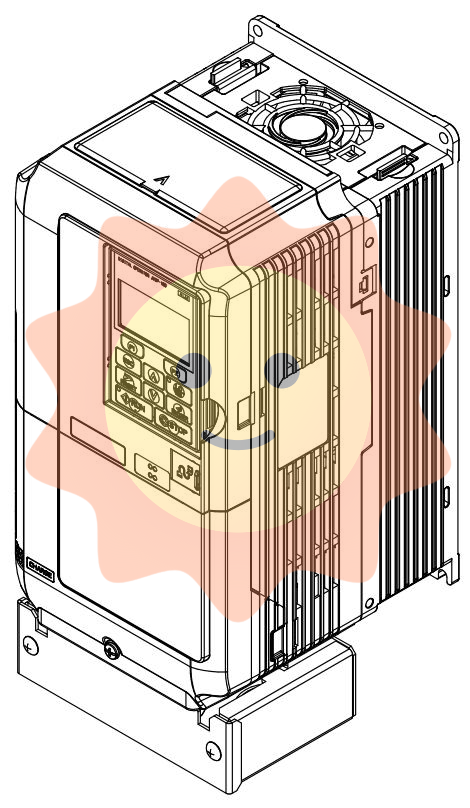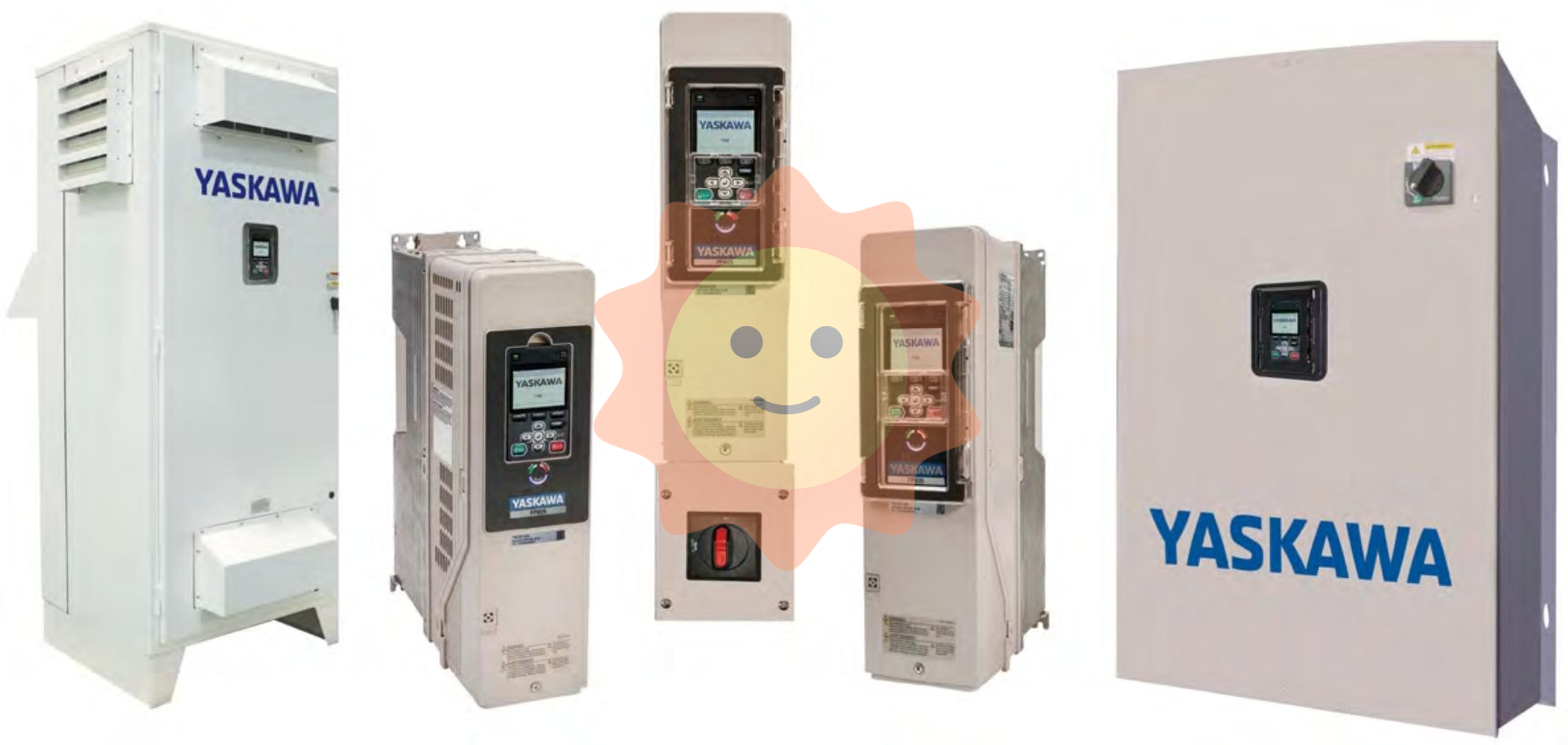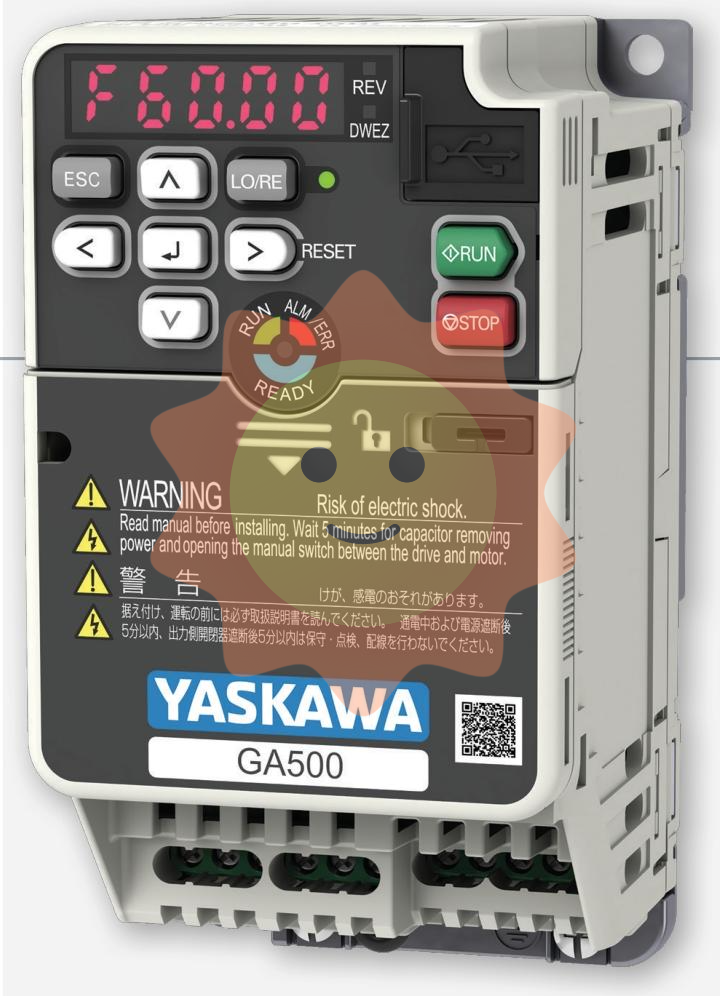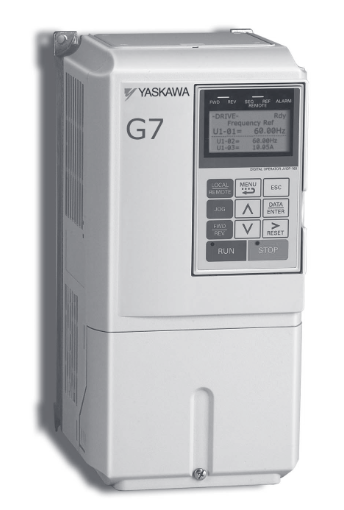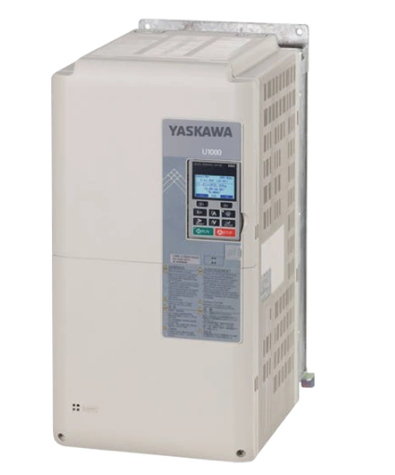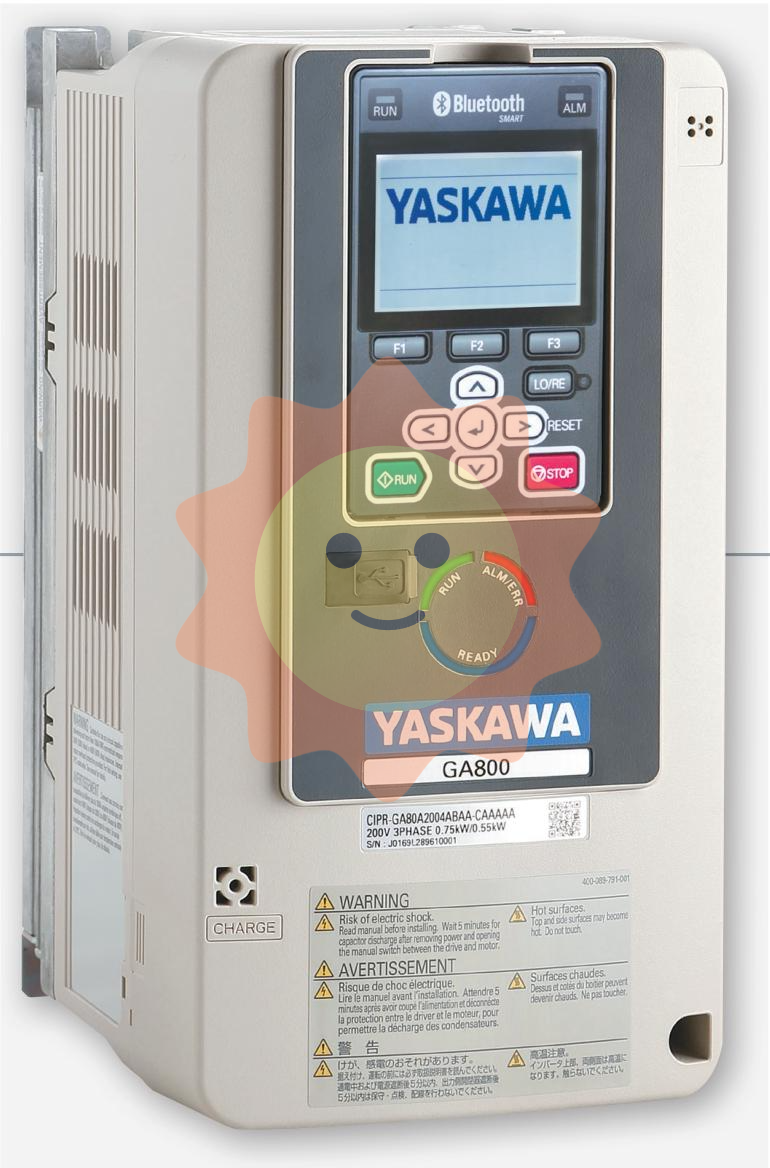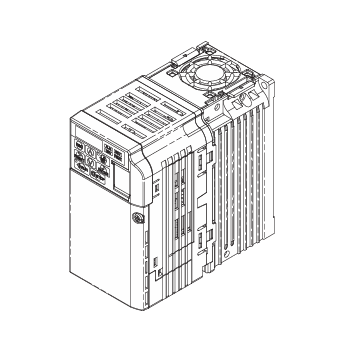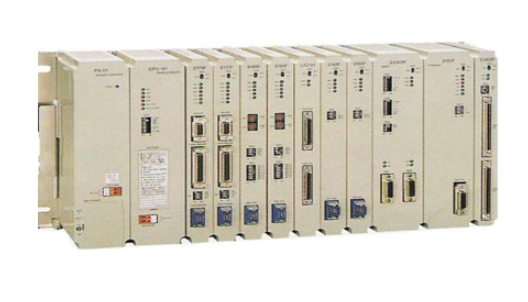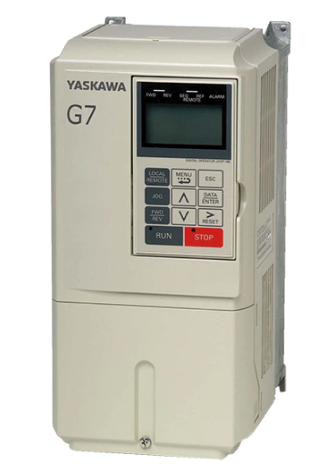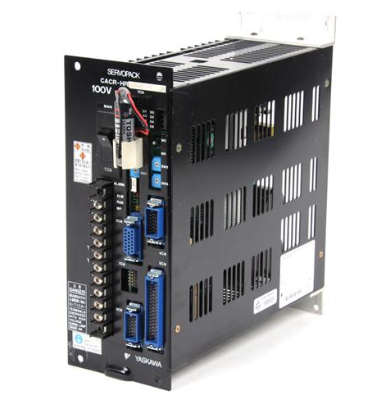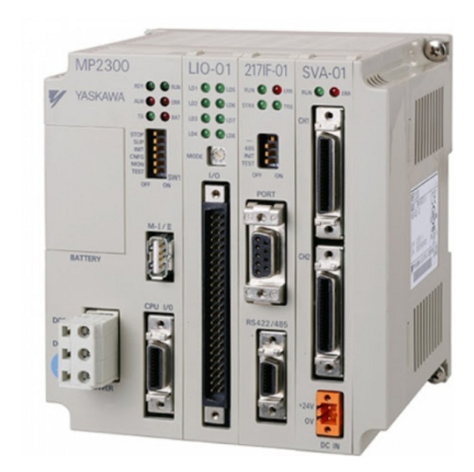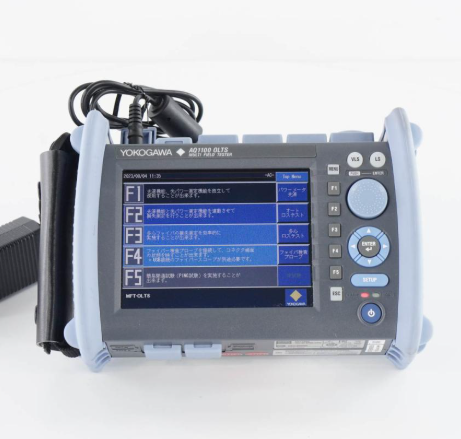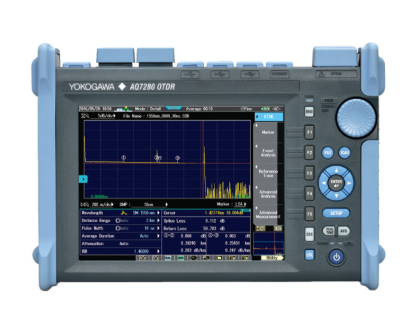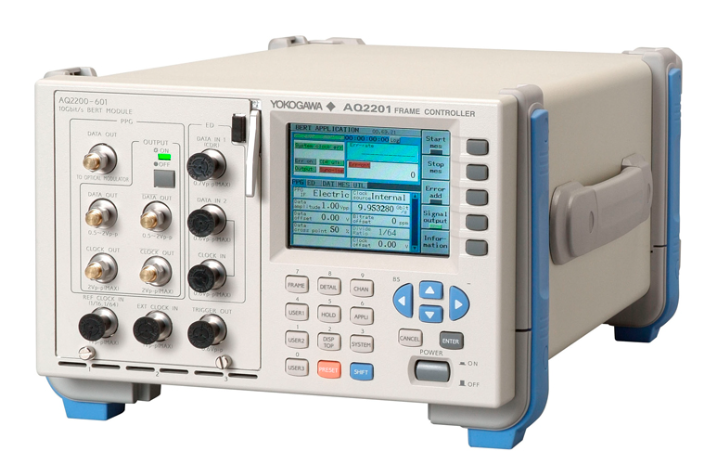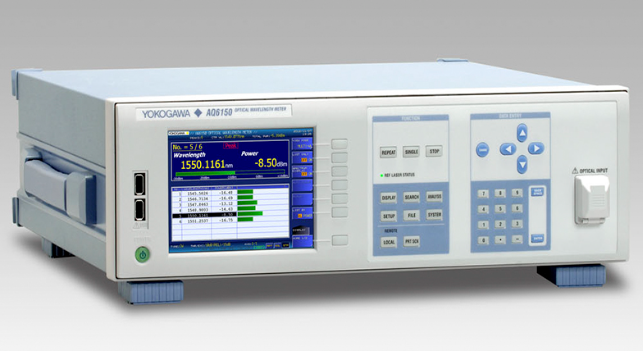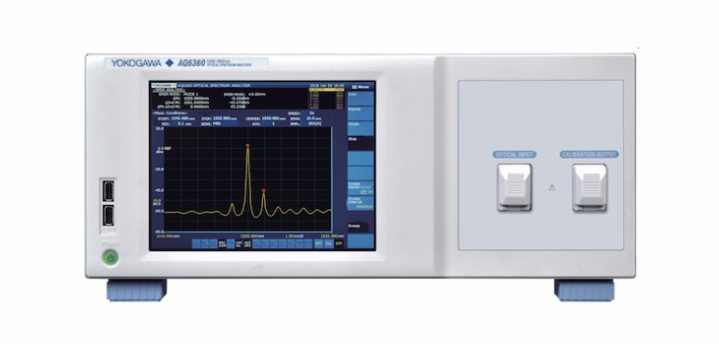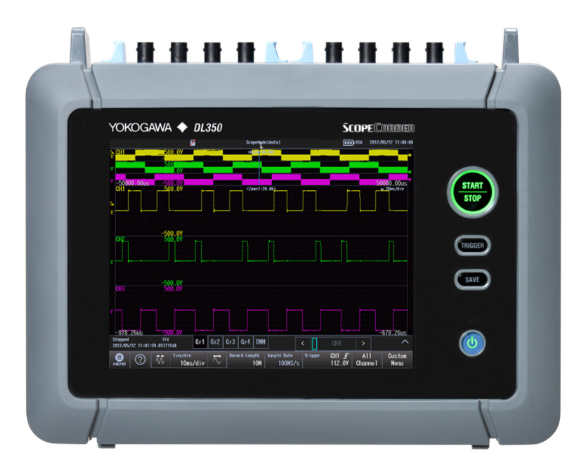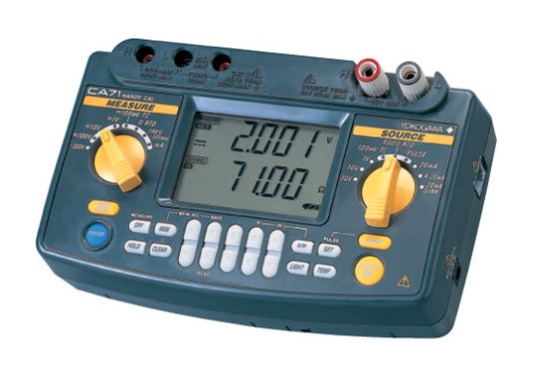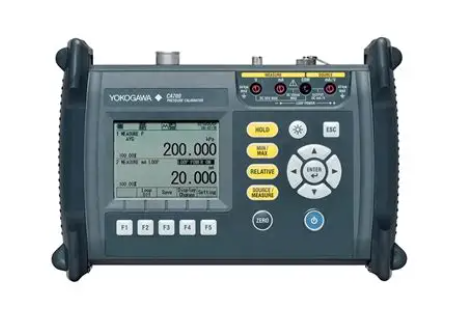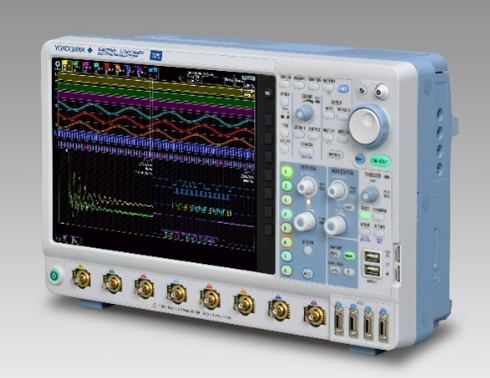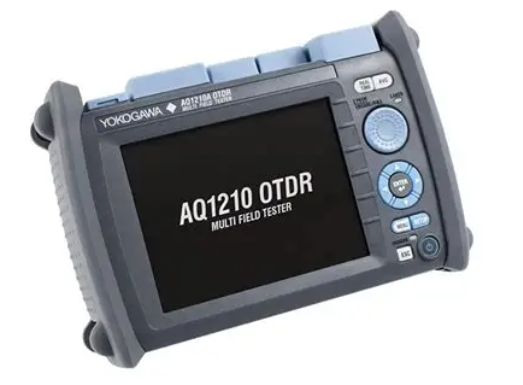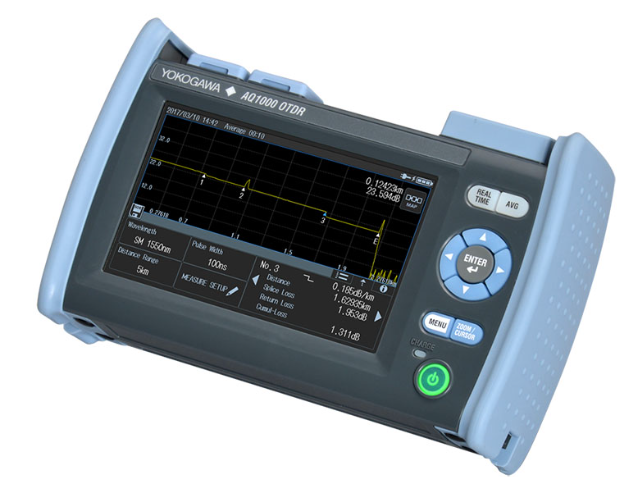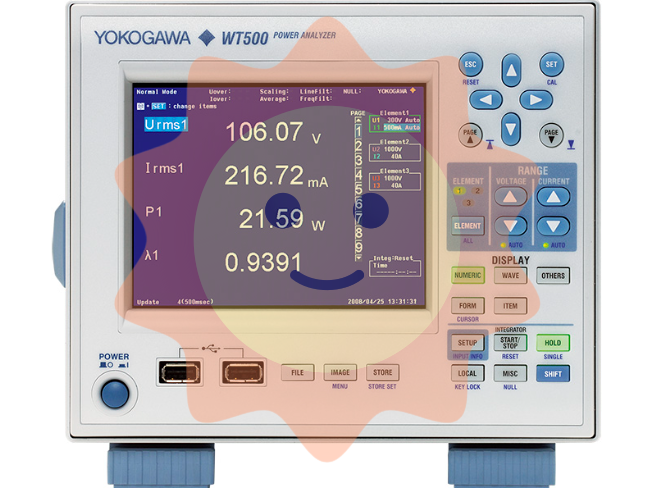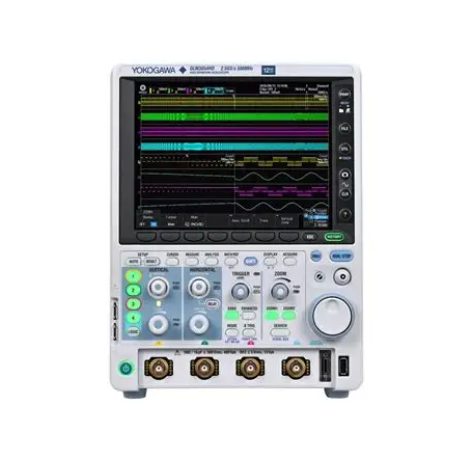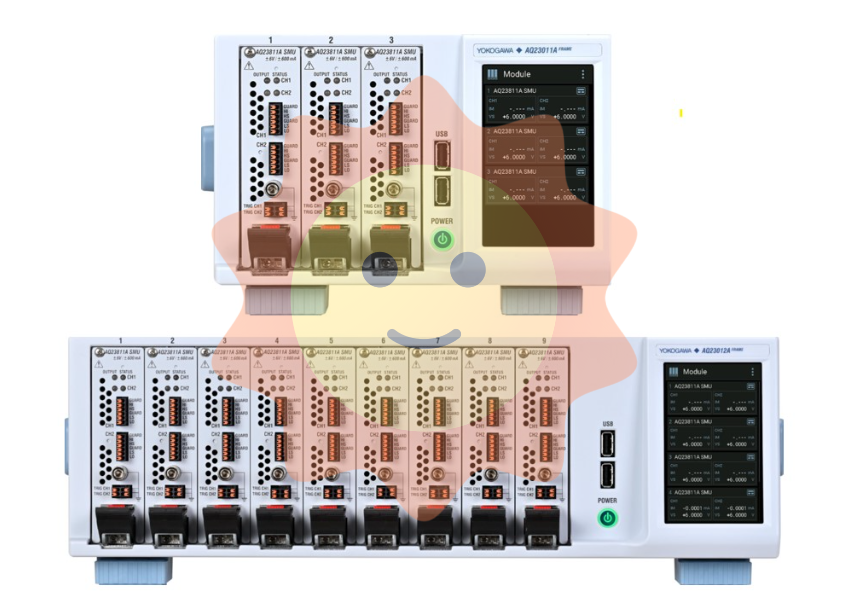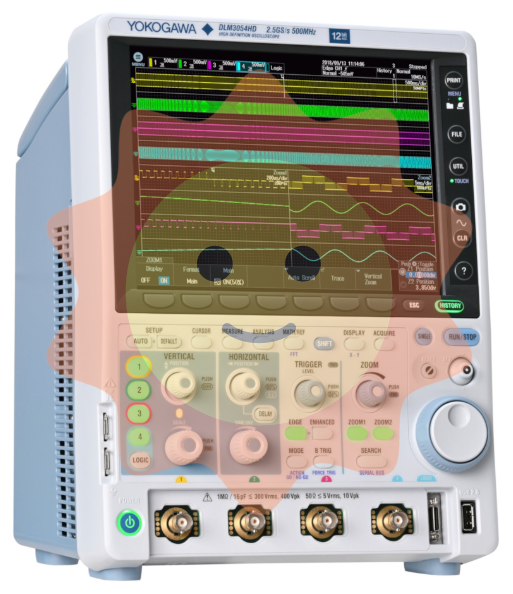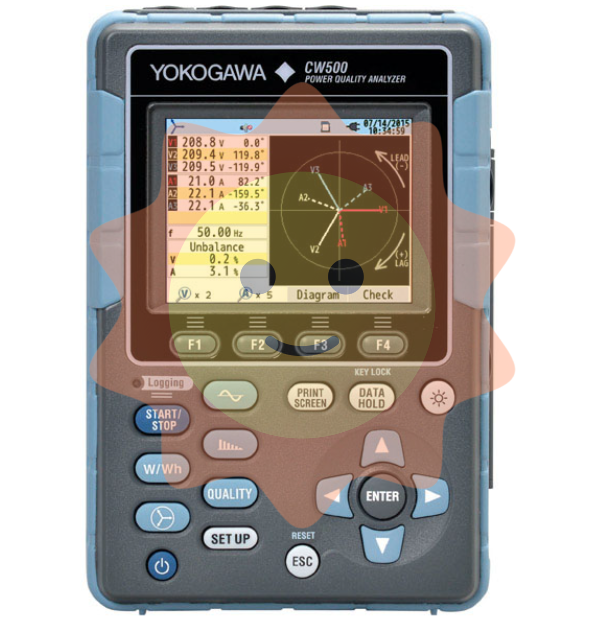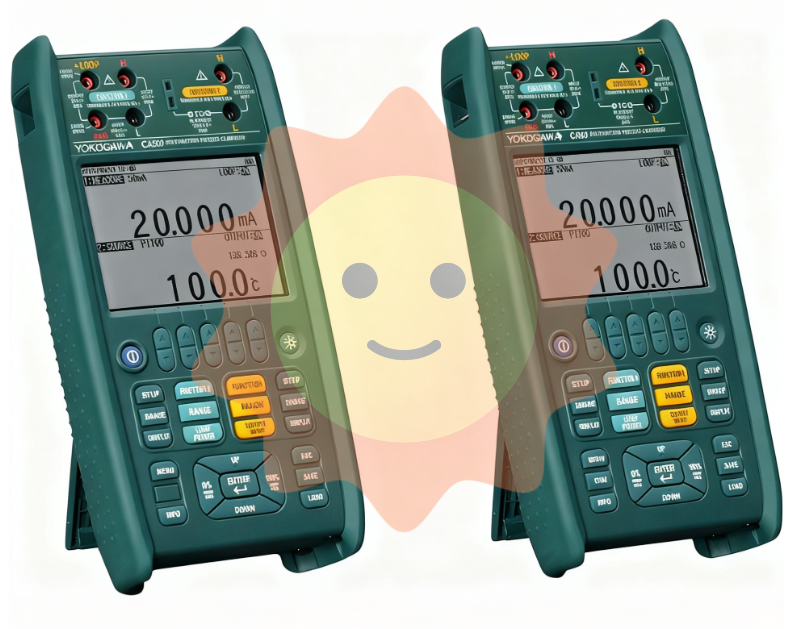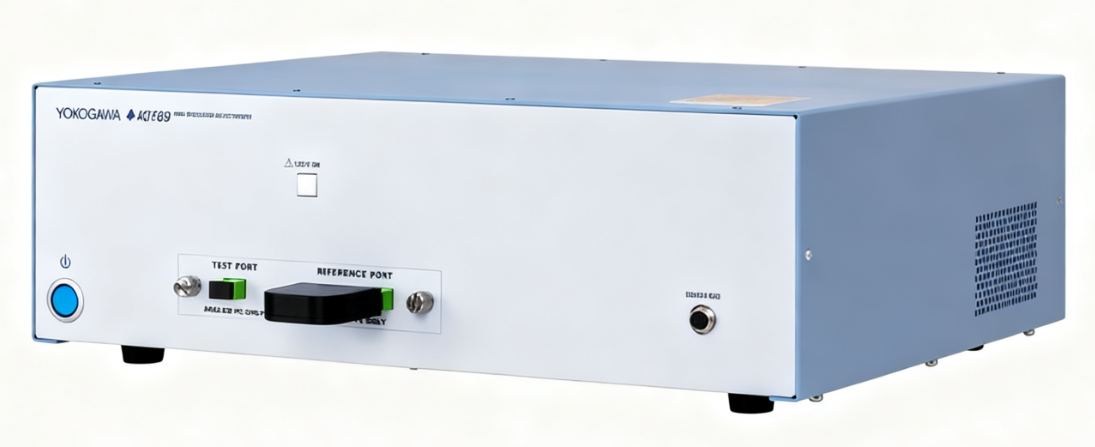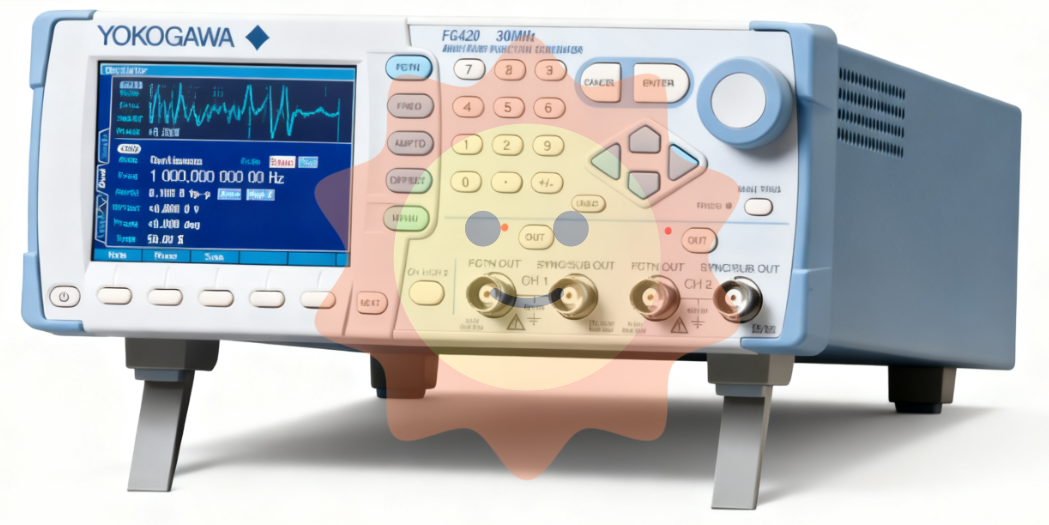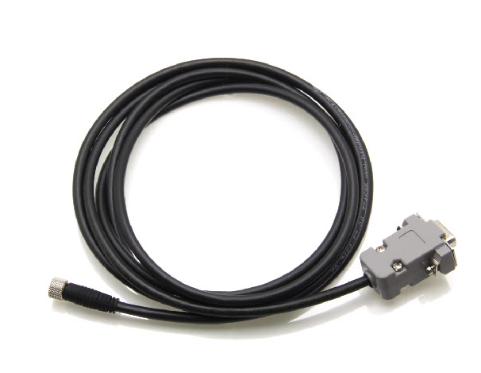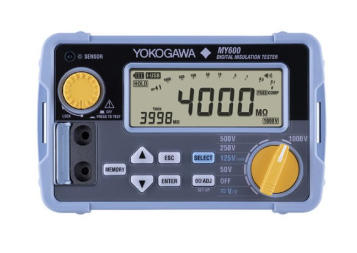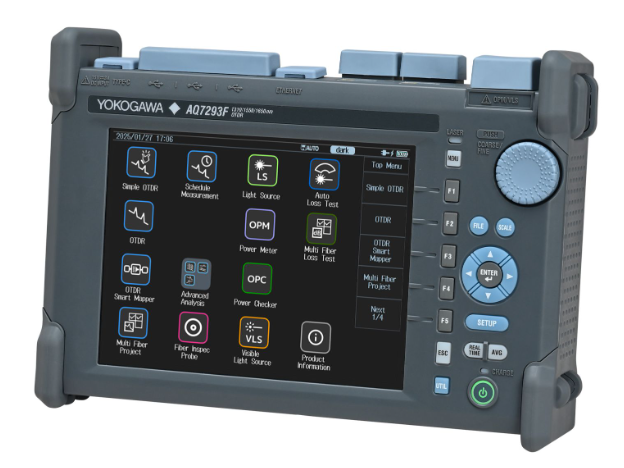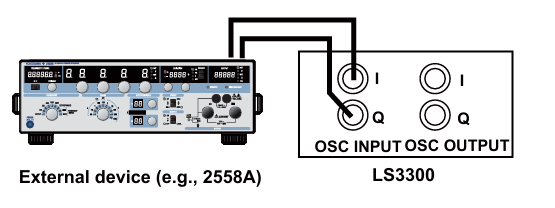ABB 3BSE013177R1 LDGRB-01 I/O Programmable Logic module
ABB 3BSE013177R1 LDGRB-01 I/O Programmable Logic module
Overview
The ABB 3BSE013177R1 LDGRB - 01 is a sophisticated I/O Programmable Logic Module that plays a vital role in ABB's industrial automation and control systems. It combines the functions of input/output (I/O) handling and programmable logic capabilities to enable flexible and intelligent control of industrial processes.
Functionality and Features
I/O Handling Capabilities
Digital I/O: The module can handle a significant number of digital input and output signals. Digital inputs can receive signals from devices such as switches, proximity sensors, and push - buttons. These inputs can represent binary states like ON/OFF or OPEN/CLOSED. Digital outputs, on the other hand, can control devices like relays, indicator lights, and solenoids. For example, in a conveyor - belt system, a digital input can detect the presence of a product on the belt (using a proximity sensor), and a digital output can control the motor that drives the belt.
Analog I/O: It also provides analog input and output channels. Analog inputs are used to measure continuous physical quantities such as temperature, pressure, flow rate, and voltage. The module can convert these analog signals into digital values for further processing. Analog outputs can generate continuous control signals, for example, to control the speed of a variable - speed drive or the position of a servo - motor. The resolution and accuracy of the analog I/O channels are designed to meet the requirements of precise industrial - process control.
Programmable Logic Functionality
The LDGRB - 01 module allows users to program custom logic using various programming languages or graphical programming tools supported by ABB. The most common programming language is ladder logic, which is intuitive for engineers and technicians familiar with electrical - control circuits. Using this language, users can create complex control algorithms such as sequencing, interlocking, and timing functions. For instance, in a batch - processing plant, the module can be programmed to execute a series of steps in a specific order, ensuring that each stage of the process is completed correctly before moving on to the next.
Communication and Networking
The module is equipped with communication interfaces to connect with other components in the control system. It can communicate with other programmable logic controllers (PLCs), human - machine interfaces (HMIs), and supervisory control and data acquisition (SCADA) systems. The supported communication protocols may include Modbus, Profibus, or Ethernet/IP. This enables seamless data sharing and coordination between different parts of the industrial - automation system. For example, it can send process - data to a central - control room for monitoring and receive configuration - and - control commands from a remote operator.
Data Processing and Storage
The module can process the input data received from the I/O channels. It can perform arithmetic and logical operations on the data to generate appropriate output - control signals. It also has internal memory for storing program code, configuration - data, and process - related data. The memory capacity and organization are designed to support efficient data - handling and - storage operations. For example, it can store historical - data such as temperature - profiles over time for later analysis or to generate reports.
Technical Specifications
I/O Specifications
Digital I/O: The number of digital input and output points is specified. For example, it might have 32 digital inputs and 32 digital outputs. The input - voltage and - current ranges for digital inputs and the voltage - output and - current - sourcing/ - sinking capabilities for digital outputs are clearly defined. The response time of digital I/O channels, which is the time it takes for an input change to be detected and an output to respond, is also an important parameter.
Analog I/O: The number of analog input and output channels, along with their voltage and current - range specifications, are provided. The resolution of the analog - to - digital conversion (for analog inputs) and digital - to - analog conversion (for analog outputs) is usually given in bits. For example, an analog - to - digital converter might have a resolution of 12 - bits, providing a high level of accuracy in measuring the analog signal. The sampling rate for analog inputs, which determines how often the module samples the analog signals, is another crucial specification.
Programming - Related Specifications
The supported programming languages and the maximum program - size capacity are specified. The programming - environment requirements, such as the software - tool versions and the minimum - hardware requirements for programming the module, are also important. The execution - speed of the programmed logic, which is affected by the module's internal processor and memory architecture, is a key factor in determining the real - time performance of the control system.
Communication - Interface Specifications
For each supported communication protocol, details such as the maximum data - transfer rate, the number of supported connections, and the physical - connection requirements are provided. The module's address - assignment - and - identification - mechanism for communication purposes is also specified. These specifications ensure that the module can effectively communicate with other devices in the industrial - network environment.
Applications
Industrial Automation and Manufacturing
In factory automation, the ABB 3BSE013177R1 LDGRB - 01 module is used to control a wide range of manufacturing processes. It can be applied to control the operation of robotic - assembly lines, CNC (Computer Numerical Control) machines, and material - handling equipment. For example, in an automotive - manufacturing plant, it can manage the operation of robotic arms for welding and part - installation, as well as the movement of conveyor - belts and automated - guided vehicles.
Process - Control Industries
In process - control industries such as chemical, pharmaceutical, and food - processing, the module is used to monitor and control process - variables. It can receive inputs from temperature, pressure, and flow - rate sensors and send output - commands to control valves, pumps, and heaters. This helps to maintain the quality and safety of the production process and ensure compliance with industry - standards and - regulations.
Building Automation and Energy - Management Systems
In building - automation applications, the module can be used to control and monitor building - services such as heating, ventilation, air - conditioning (HVAC), lighting, and access - control systems. It can adjust the temperature - set - points of HVAC systems based on occupancy - sensors and time - schedules, control the lighting - levels in different areas of a building, and manage access to restricted - areas. In energy - management systems, it can also collect and analyze energy - consumption - data to optimize energy - usage.

- User name Member Level Quantity Specification Purchase Date
- Satisfaction :
-









Email:wang@kongjiangauto.com

